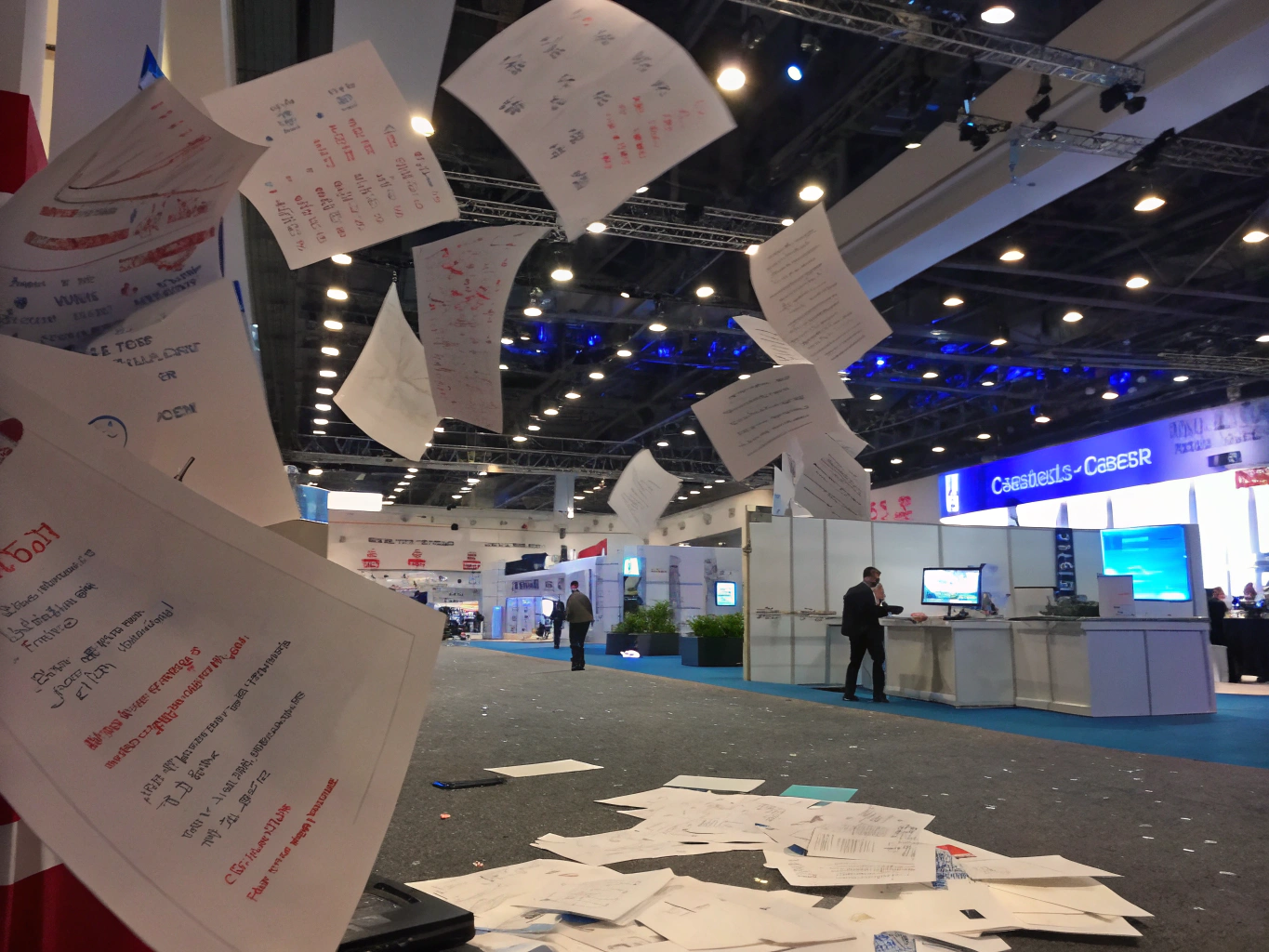Common Mistakes to Avoid When Creating a Science Fair Board
Creating a science fair board is an essential step toward showcasing your project’s findings clearly and effectively. Whether you’re a first-time participant or a seasoned student, avoiding common pitfalls can make a significant difference in how judges and viewers perceive your work. For those seeking inspiration, an Iconic Displays guide offers excellent examples and tips for designing an impactful science fair board.
1. Overcrowding the Board with Information
One of the most frequent mistakes is trying to cram too much text and data onto the display. A cluttered board overwhelms viewers, making it difficult to focus on the key points. Instead, prioritize concise summaries and use bullet points or numbered lists to break down information. Incorporate visuals like graphs, charts, and photos to complement your text and make the content easier to digest.
2. Neglecting Visual Hierarchy and Layout
The arrangement of your board’s sections should guide the audience naturally through your research story. Avoid random placement of titles, text boxes, and images. Use a clear hierarchy with bold headings and consistent font sizes to differentiate sections like Purpose, Hypothesis, Methodology, Results, and Conclusion. A well-organized layout helps judges quickly understand your project flow.
Example of Science Fair Board Layout
Think of your board as a roadmap. Start with the project title at the top center, followed by your name and project category. The left panel often contains the introduction and hypothesis, the center panel displays methods and results, and the right panel concludes with analysis and future directions. This logical progression keeps viewers engaged and informed.
3. Using Poor Quality or Inconsistent Materials
Using low-quality printing, faded colors, or mismatched fonts can detract from your presentation’s professionalism. Invest time in printing clear images and charts, and select materials like sturdy tri-fold boards that hold up well during transport and display. Consistency in font style and color palette also enhances readability and aesthetic appeal.
4. Ignoring Spelling and Grammar
Simple spelling or grammatical errors can undermine the credibility of your science project. Always proofread your text multiple times and, if possible, have a teacher, parent, or peer review your work. A polished board reflects the care and effort you put into your research.
5. Forgetting to Include Key Sections
Every science fair board should include essential components: Title, Abstract, Question, Hypothesis, Materials, Procedure, Data, Results, Conclusion, and References. Omitting any of these can confuse judges or make your project appear incomplete. Use an Iconic Displays resource for detailed examples that ensure all critical elements are present and well-explained.
6. Poor Use of Color and Contrast
Choosing colors that clash or lack contrast can make text hard to read. Stick to a simple color scheme with high contrast between background and text, such as dark letters on a light background. Use accent colors sparingly to highlight important information without overwhelming the viewer.
Final Tips for a Successful Science Fair Board
Remember, your science fair board is both a communication tool and a visual representation of your hard work. Strive for clarity, organization, and professionalism. Review your design multiple times, seek feedback, and use trusted resources like Iconic Displays for inspiration and guidance. Avoiding these common mistakes will help your project stand out and shine at your next science fair.

Leave a Reply